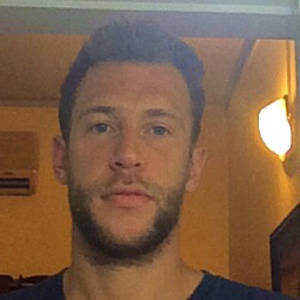Droning on
There is a film crew of seven here for a few days, obtaining footage of Niassa landscapes. At 4.30am Wim the Conservancy Manager and I were with them as they sorted through about 50 batteries, cables, hard drives, cameras and chargers ahead of a daybreak drive. I don’t think I could be a photographer or videographer. I couldn’t cope with the faffing it entails. Wildlife is hard to see here as it’s been depleted by poaching and is much more skittish than in areas where tourist vehicles are more common. However the crew did get beautiful stills of waterbuck, warthogs, baobab trees and the Lugenda River at dawn. Nito, one of the loveliest Chuilexi staff, was asked to repeatedly drive a vehicle behind two striking baobabs, posing as someone engaged in wildlife watching. Being extremely eager to please, he obliged, but must have found the request bizarre.
The hippos in the river were confused by the noise of the drone and alternately honked and submerged themselves, perhaps concerned that it was a swarm of particularly aggressive bees. I was confused by why the drone operator felt like wearing a full commercial pilot’s uniform complete with epaulettes, as if he was controlling a jet with 300 passengers.
Our donor visit continued after breakfast, and we drove to yet another picturesque campsite on an expanse of sand further up the Lugenda. This is the densest wildlife area in the Conservancy as it’s had the highest levels of protection for longest. Hippo tracks mark the sand, as does the dung of numerous critters. When camping we always have an outdoor shower using a contraption strung up from a branch. This evening’s was next to a babbling stretch of river, which I kept mishearing as a hippo or crocodile emerging onto the sand. There’s nothing like being stark naked and half-soaped in the bush in the dark to create a feeling of vulnerability and jumpiness. The shower passed without incident and I left the river to tumble and rumble away.

Comments
Sign in or get an account to comment.


